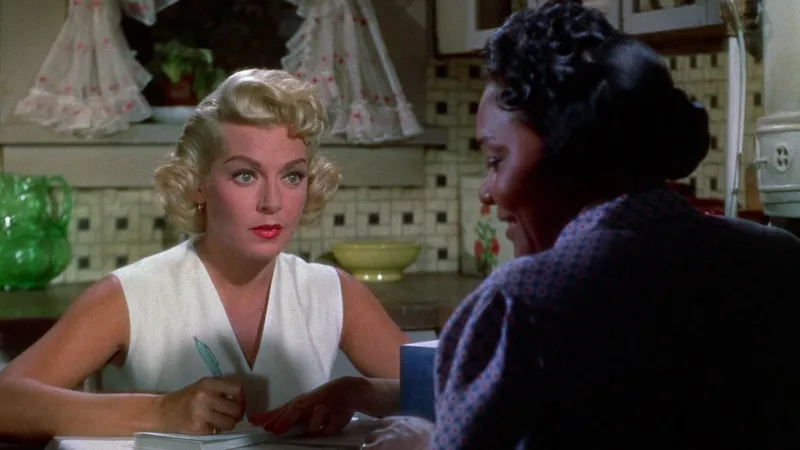1959 was a remarkable year for film, with the release of several classics that would significantly impact the industry. Among these was Imitation of Life, a drama film directed by Douglas Sirk that addressed critical themes of race, class, gender, and wealth. The film, based on Fannie Hurst’s novel of the same name, tells the story of two women who form a pact to help each other as their daughters grow up. Lora Meredith, a young widow, takes in Annie Johnson, an African American widow, and their daughters, Susie and Sarah Jane, respectively. The film explores the complexities of their relationships as they navigate their careers and personal struggles.
The drama of Imitation of Life revolves around Sarah Jane’s struggles with her identity as a biracial woman. As she grows older, she begins to feel like she cannot afford the privileges enjoyed by her white friends and her mother’s friends. Her feelings of self-hatred and confusion lead her to strike out against her mother and eventually leave her behind. The film’s exploration of racial identity and the consequences of racism is groundbreaking for its time.

Imitation of Life, a drama film directed by Douglas Sirk (Image via Getty)
The film was initially met with controversy, with critics accusing it of being “melodramatic” and disregarding the white character. However, modern retrospectives have been kinder to the film, recognizing its significance in addressing complex social issues. The film’s influence can be seen in many contemporary films, including Todd Haynes’ Far From Heaven, which was inspired by Imitation of Life.
The film was a turning point in the representation of diverse characters in Hollywood films. Prior to its release, many films featuring black characters were criticized for being tokens or simply existing as window dressing. Imitation of Life marked a shift towards more nuanced and authentic portrayals of black characters. The film’s success paved the way for future classics like Guess Who’s Coming to Dinner, In the Heat of the Night, and A Raisin in the Sun, which further bridged the gap between the white and black communities.
The film’s significance extends beyond its exploration of racial issues, as it also examines the struggles of women and the tensions between wealth and poverty. The film’s portrayal of the class divide is particularly noteworthy, as it highlights the difficulties faced by those struggling to make ends meet. The film’s careful balance of these themes, along with its groundbreaking portrayal of racial identity, make it a landmark film that continues to resonate with audiences today.
























